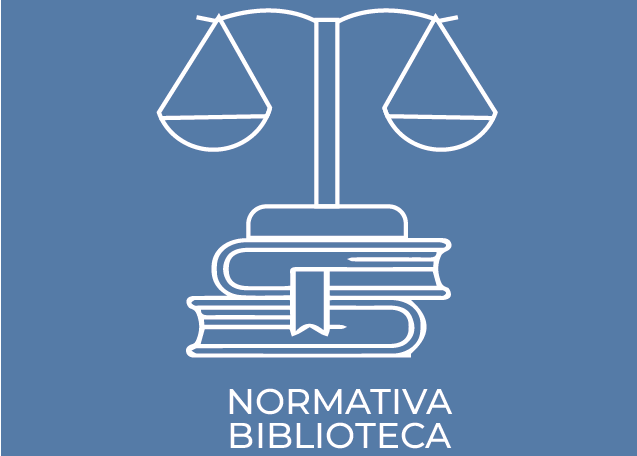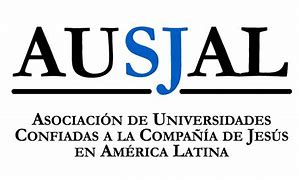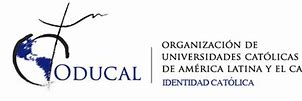Routledge handbook of peacebuilding / edited by Roger Mac Ginty
Idioma: Inglés Editor: New York : Routledge, 2013Tipo de contenido:- texto
- no mediado
- volumen
- 978-1-138-92270-9
- 303.66 R869 23a ed.
| Tipo de ítem | Biblioteca actual | Colección | Signatura topográfica | Estado | Notas | Fecha de vencimiento | Código de barras | Reserva de ítems | |
|---|---|---|---|---|---|---|---|---|---|
 Recursos Electrónicos
Recursos Electrónicos
|
Sede Quito | Col General | 303.66 R869 (Navegar estantería(Abre debajo)) | Disponible | Disponible en Biblioteca Digital PUCE | ||||
 Libro
Libro
|
Sede Quito Planta baja | Col General | 303.66 R869 (Navegar estantería(Abre debajo)) | Disponible | PUCE213883 |
Navegando Sede Quito estanterías, Ubicación en estantería: Planta baja, Colección: Col General Cerrar el navegador de estanterías (Oculta el navegador de estanterías)
Includes bibliographical references and index
"This handbook offers a comprehensive analysis of peacebuilding in ethnic conflicts, with attention to theory, peacebuilder roles, making sense of the past and shaping the future, as well as case studies and approaches. Comprising 28 chapters that present key insights on peacebuilding in ethnic conflicts, the volume has implications for teaching and training, as well as for practice and policy. The handbook is divided into four thematic parts. Part 1 focuses on critical dimensions of ethnic conflicts, including root causes, gender, external involvements, emancipatory peacebuilding, hatred as a public health issue, environmental issues, American nationalism, and the impact of the COVID-19 pandemic. Part 2 focuses on peacebuilders' roles, including Indigenous peacemaking, nonviolent accompaniment, peace leadership in the military, interreligious peacebuilders, local women, and young people. Part 3 addresses the past and shaping of the future, including a discussion of public memory, heritage rights and monuments, refugees, trauma and memory, aggregated trauma in the African-American community, exhumations after genocide, and a healing-centered approach to conflict. Part 4 presents case studies on Sri Lanka's post-war reconciliation process, peacebuilding in Mindanao, transformative peace negotiation in Aceh and Bougainville, external economic aid for peacebuilding in Northern Ireland, Indigenous and local peacemaking, and a continuum of peacebuilding focal points. The handbook offers perspectives on the breadth and significance of peacebuilding work in ethnic conflicts throughout the world. This volume will be of much interest to students of peacebuilding, ethnic conflict, security studies, and international relations"--
No hay comentarios en este titulo.















